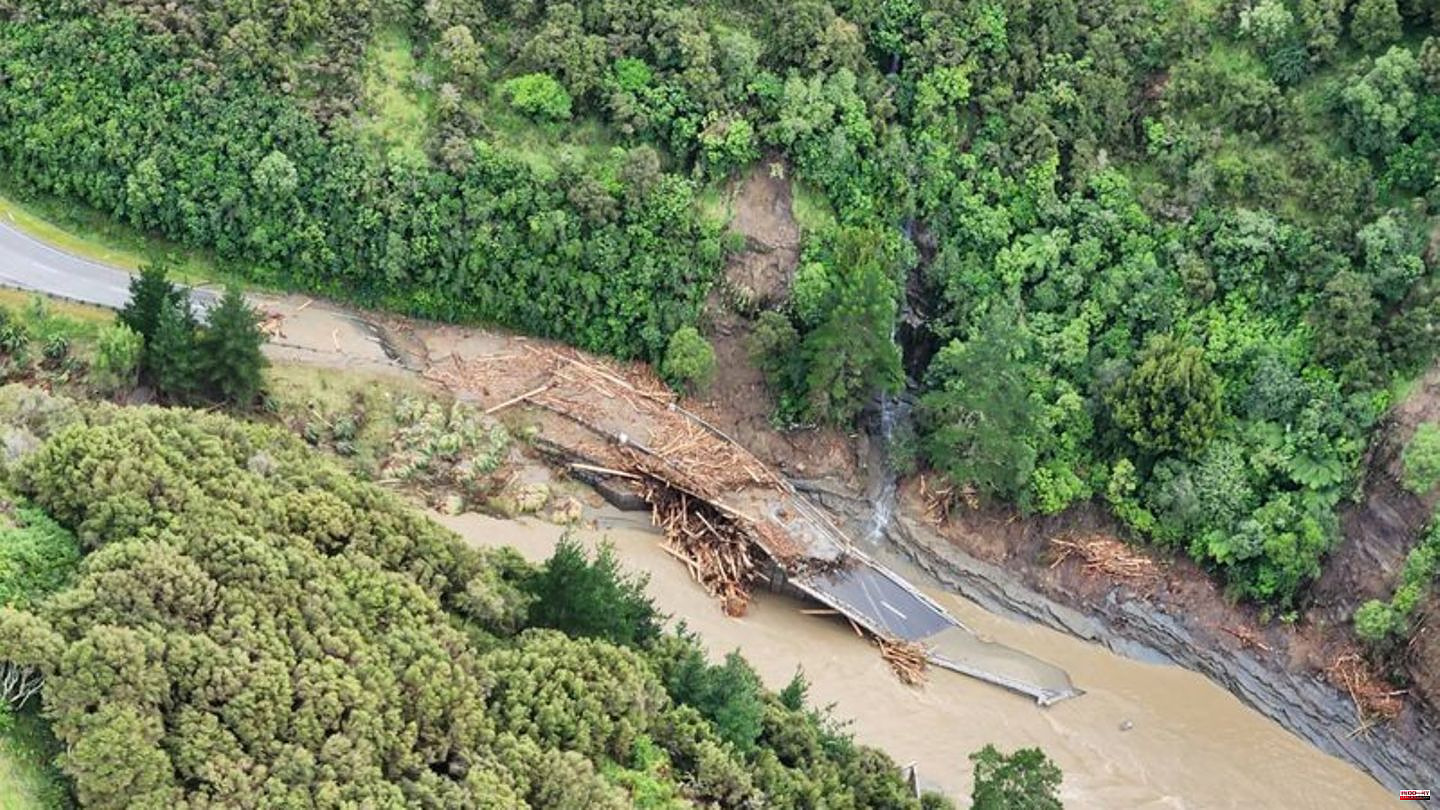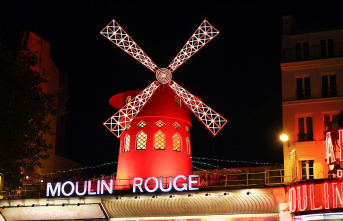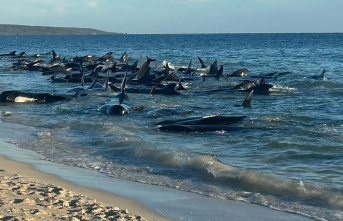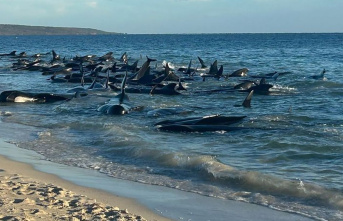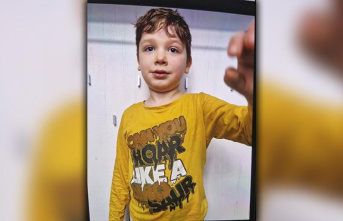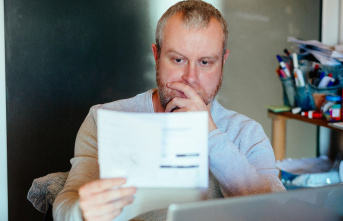According to the government, the severe damage caused by tropical cyclone Gabrielle on the North Island of New Zealand will have consequences for the entire country. Reason: The particularly affected region of Hawke's Bay, with its many orchards and farms, is important for the country's food security.
"We have to prepare because this will affect parts of our food supply," Prime Minister Chris Hipkins said on Friday after visiting the flooded area. "I saw with my own eyes today what serious consequences "Gabrielle" will have for our country."
At least eight fatalities
Meanwhile, the death toll rose to at least eight. The media even spoke of nine deaths in the afternoon - but there was initially no confirmation from the authorities.
The tropical storm had wreaked havoc on large parts of the North Island since the beginning of the week with hurricane-force winds and heavy rain. Many houses, roads and bridges have been destroyed, and power and communication lines have been damaged. At times the water was so high in some areas that only the roofs of the houses were sticking out of the water. When the water left, enormous amounts of mud remained in many buildings. The government had already declared a national emergency on Tuesday - for only the third time in the country's history.
According to police, six of the fatalities died around Hawke's Bay. Two firefighters died in a landslide near the country's largest city, Auckland. However, there is still great concern for around 4,500 people who have not yet been able to be contacted, as the emergency services said. Because the communication with some cut off areas was still interrupted. Tens of thousands of people have also been without electricity for days. "There are so many breaks in the system that it's not going to be easy to fix," said Minister for Emergency Management Kieran McAnulty.
Drinking water is becoming scarce locally
Evacuation orders were issued in the village of Muriwai on Friday. There was a risk of landslides, the Auckland emergency service said on Twitter. Residents were asked to walk to safety immediately, leave everything behind and take only their pets with them. Most evacuation centers are already full.
In the city of Gisborne in the northeast of the Pacific state there was hardly any drinking water left after the local sewage treatment plant failed in the wake of the floods. "This is a big crisis, our city has no water," said the local civil defense. "Don't open your faucets."
Navy ships, Air Force transport planes and truck convoys were en route to remote areas. According to military spokesman Darryn Webb, 700 soldiers were deployed, with more standing by to help over the next few days. Rescue teams attempted to reach several communities further cut off from the outside world by impassable roads. Australia dispatched a team of specialists to help search for missing people. The task ahead of New Zealand is huge given the scale of the disaster, Hipkins stressed.

